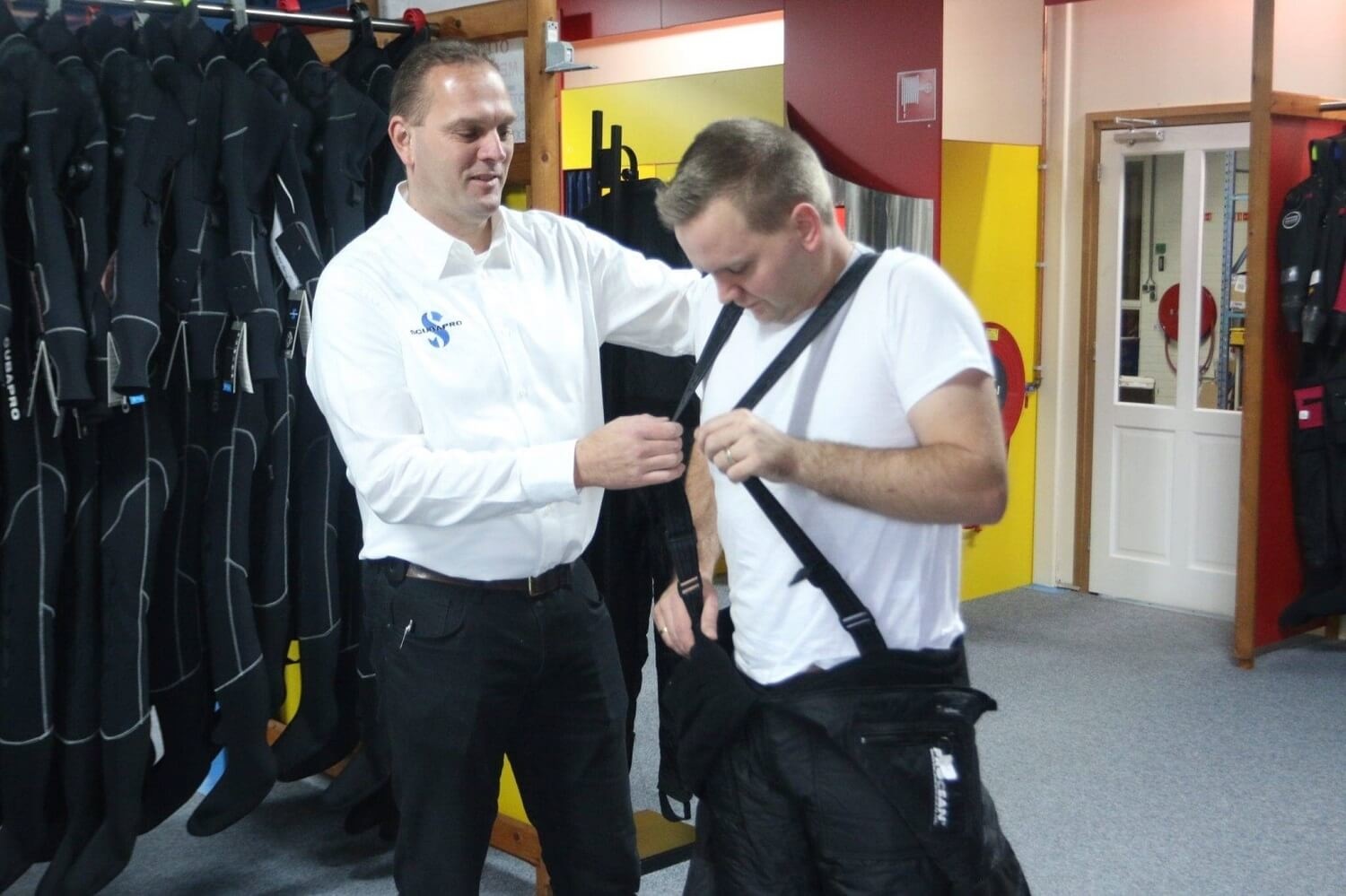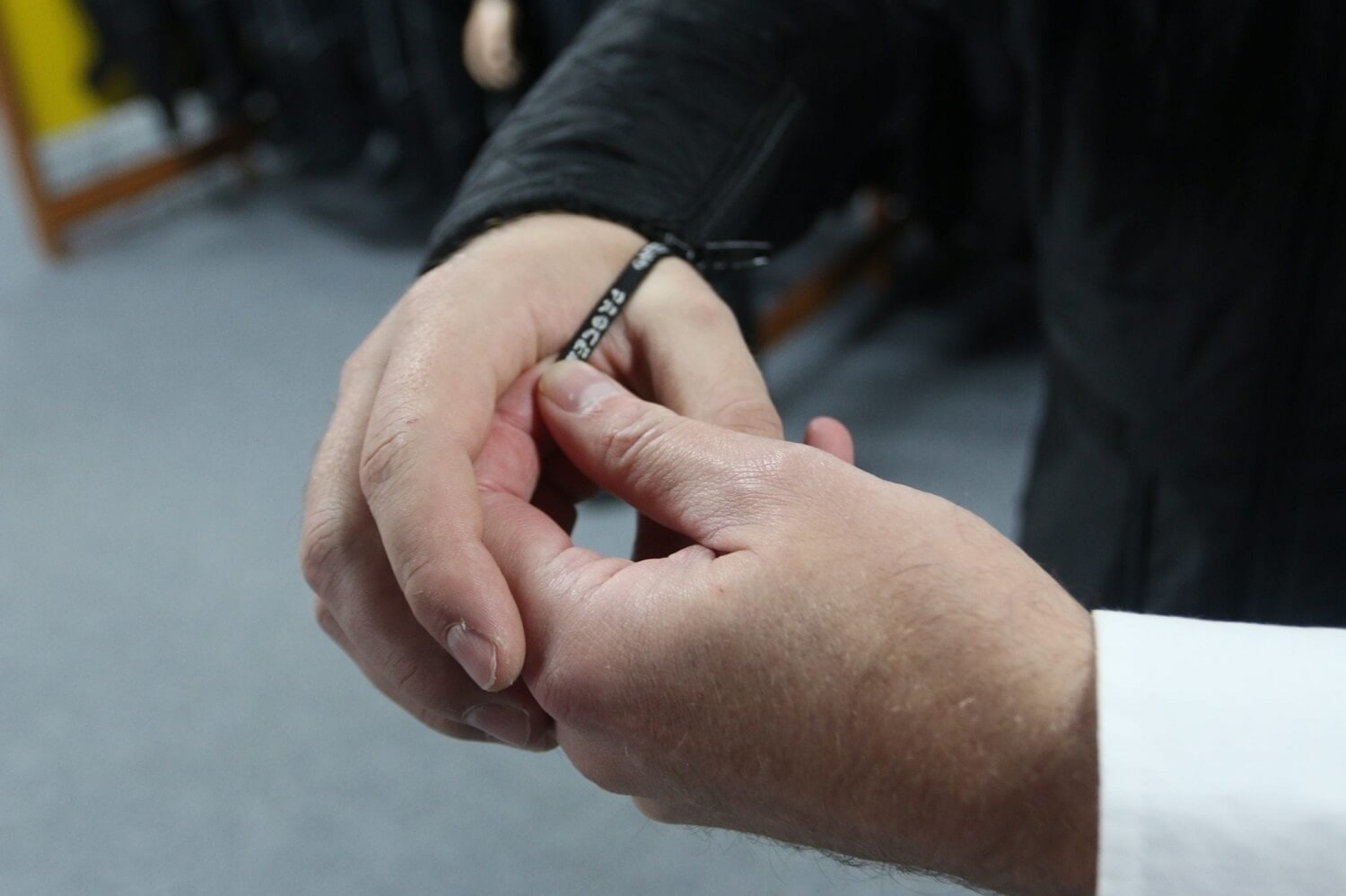Under suits for dry suits
Last week, Marco wrote a blog about dry suits. A dry suit cannot be used without an under suit. So, this week you can read about all the ins and outs of under suits. Read on quickly!
Diving with a dry suit
In colder water, dry suits are better (compared to wet suits). When you dive in a water temperature between 2 ºC and 13 ºC, we nearly always recommend a complete dry suit. Dry suits are more expensive than wet suits, but offer a lot of extra comfort with various kinds of dives. Would you like to know more about dry suits? You can read it here, in my blog.

A dry suit with under suit
You always wear an under suit beneath your dry suit. Why? An under suit provides insulation and comfort during diving with a dry suit. You could compare diving with a dry suit with gloves when you are doing the dishes. When you put your hands in the water, the gloves stick to your skin, which is not comfortable. You can also tell whether the water is hot or cold right away. The same would happen if you were to wear a dry suit without an under suit. An under suit is thick and insulates. The inflator blows air into the suit, so there is excellent insulation. Another advantage of an under suit is that you can already put it on at home. That way you do not have to get dressed in the (sometimes cold) outside air.

What does an under suit look like?
An under suit is shaped like overalls. There is a loop for your thumb, so that the sleeves cannot roll up during the dive. There is also a strap under the heel, so that the pants stay in place during the dive. Under suits also have suspenders. There are also under suits that provide extra heat. These under suits have a special heating unit and a battery. Your dry suit is completely waterproof, so on the inside you can carry special heating units to keep you warm during the dive. And if water does get into your dive suit while the heating units are on? Thanks to the low 12 Volt connection nothing bad can happen, and you will always be safe under the water.

Various thicknesses
You should choose your clothing depending on how cold the water is. When you are diving in a dry suit, the right underclothes are very important. Under suits are available in four different thicknesses. The thickness you need depends on how sensitive you are to the temperature and the type of dry suit you are wearing. One dry suit isolates better than the other. We have noticed that many of our customers have two different under suits: one for diving in higher temperatures and one for diving in lower temperatures. This way, you always have a suitable under suit, and you will be comfortably warm, even during long, deep dives in ice cold water.
Would you like to know more about dry diving and under suits?
Are you planning to go dry diving, but would you like to read more about the basics first? Read more about dry diving in the blog ‘diving with a dry suit for beginners’. Do you have any other questions? Feel free to contact me. I will be happy to explain it to you.










